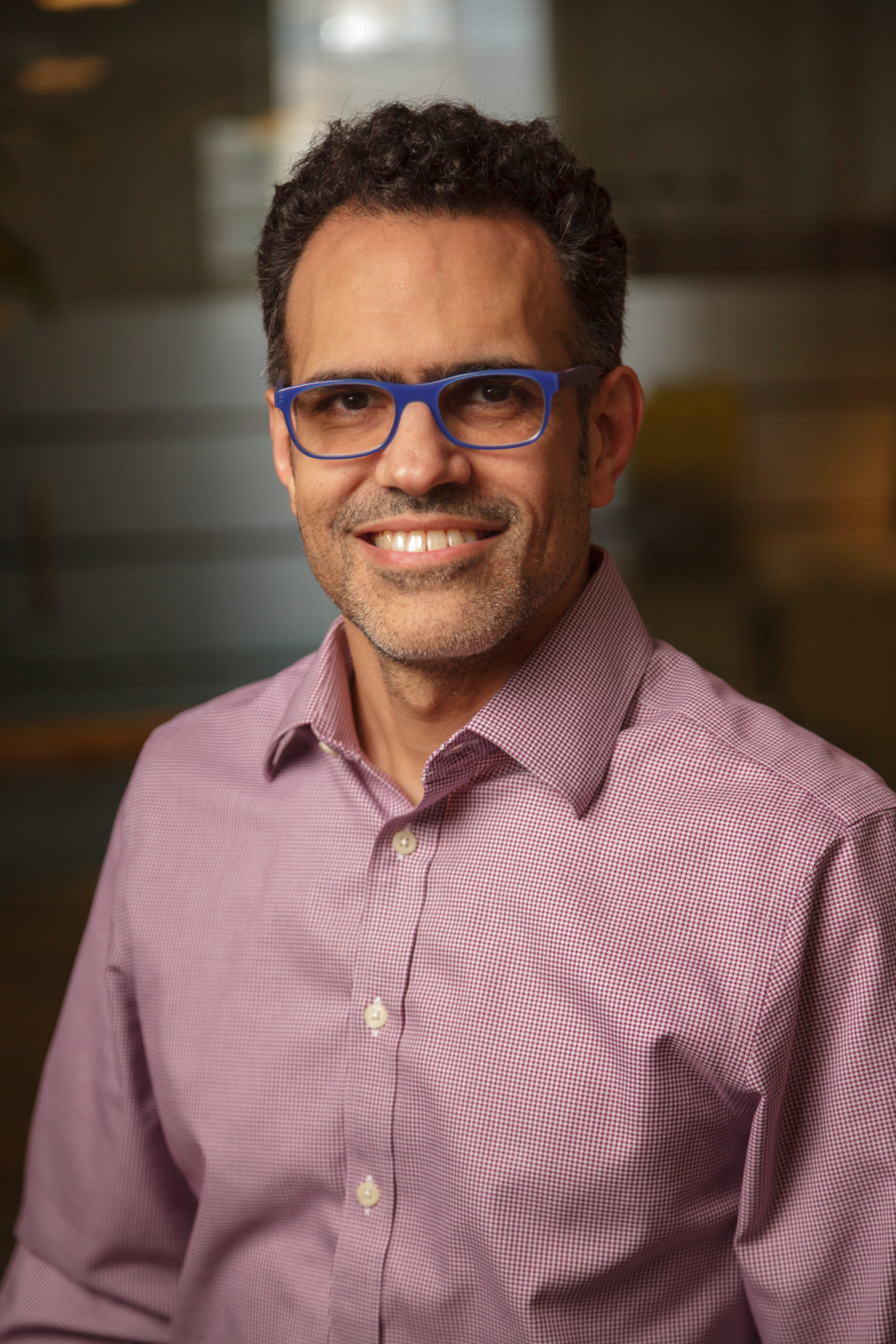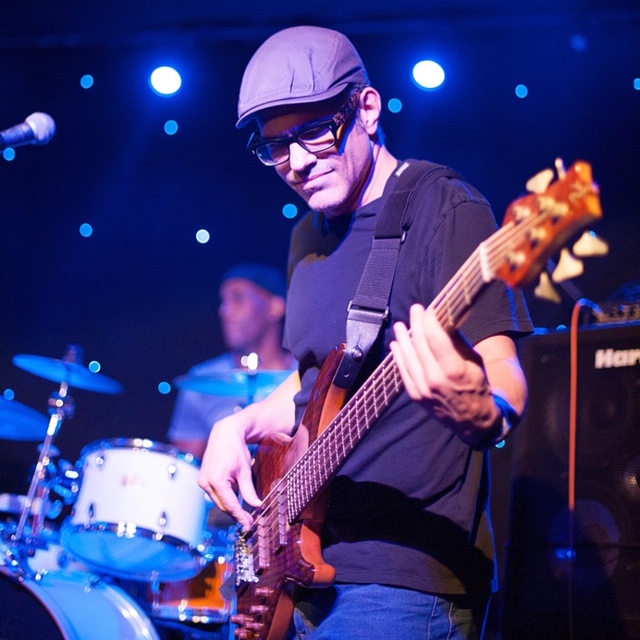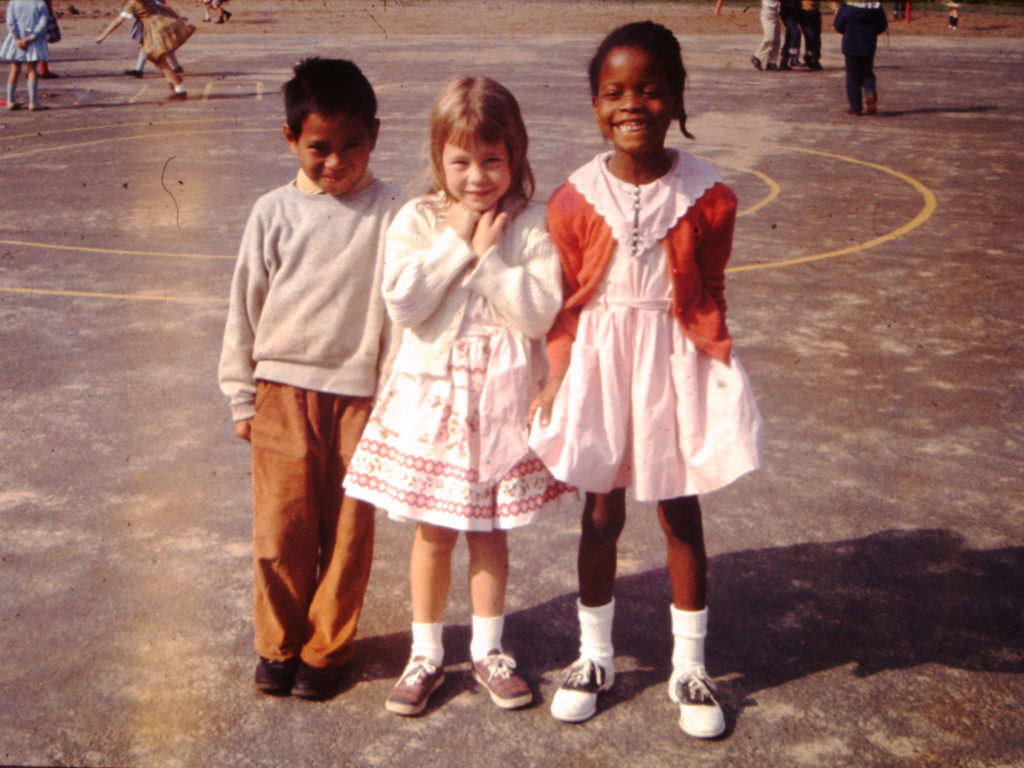“We Have To Remember That Schools Serve a Variety of Functions Beyond Academic Education”: A Discussion With MDRC’S K-12 Education Policy Director William Corrin Regarding the Daunting New Realities of American Public Education

As director of K-12 education policy at MDRC, the venerable New York City-based non-profit public policy research organization, William Corrin is responsible for overseeing the execution of many nationwide studies dedicated to the evaluation of academic interventions in primary, middle and secondary schools. It is MDRC’s mission to learn and share what works to improve school performance and student outcomes nationwide, an undertaking that provides a unique window into the countless moving parts comprising America’s public school system. Under the best of circumstances, this is a lot to wrangle with, and for those not keeping score at home: these are not the best of circumstances. As schools reckoning with the ongoing consequences of COVID-19 attempt to rebuild the airplane on the fly, I spoke to Corrin about the myriad difficulties posed by the pandemic and what the future of K-12 education may look like moving forward. I should disclose two other things as well: I am a former full-time staffer and current consultant at MDRC, so William is functionally my boss. Also, he rules at playing bass.
EN: Prior to the pandemic and ensuing events, the difficulty of providing quality public education to underserved communities was one of our nation’s most consistently daunting and multi-faceted challenges. Can you describe how the new realities have embroidered an entirely unforeseeable set of complications into an already deeply complex mosaic?
WC: The most obvious hurdle that has gotten the most airtime during the pandemic is how education has moved to “distance learning.” The delivery of instruction and navigation of curriculum both have to be facilitated by technology. But for students in underserved communities, in particular, there continues to be a lack of access to reliable internet and electronic devices. In some rural areas, internet availability is limited for both teachers and students. In addition, teachers and other school staff have had to rapidly figure out new pedagogical approaches to do their work with students through both synchronous and asynchronous means via the internet.
And parents have had to be engaged in a more continuous way in their children’s education than ever before. If they’ve been able to work remotely from home, that has meant adapting their work schedules and obligations. And if they are essential workers, they have had to figure out how their students will get the daily educational support they need – for example, via other family members or through accommodations that some districts have tried, like drop-off centers with COVID-19 precautions in place.
EN: Even more than other institutions impacted by the pandemic and its fall out, it strikes me that the massive apparatus of American public education is being asked to fundamentally recalibrate on an extremely accelerated time frame. As you mentioned, there seems to be an aggressive move towards distance learning as an alternative to the traditional classroom experience. I wonder if you can talk a little bit about that process and its ramifications for the public school system moving forward. What do you imagine the classroom of 2025 will look like? How will this impact the work we do in the research field?
WC: Recalibration to distance learning on this rapid timeline is really hard. Technology can be useful as one part of a multi-faceted approach to education, and there are various curricular programs that combine different education modalities. But now technology has taken center stage. Ideally, we will learn more about what can be accomplished educationally via technology and be better informed about how to incorporate distance learning and tech education tools into teaching and learning broadly.
I’m not going to place a bet on what the classroom of 2025 will look like, but undoubtedly we will continue to see growth in the use of technology in education. However, we often get fixated quickly on “core” subjects, like language arts, math, science, and social studies. But there are a host of other subjects that support student learning and growth, like the visual and performing arts, physical education and interscholastic sports, and others, that present their own special challenges. How do I now get to benefit from the experience of the student band or jazz ensemble under COVID conditions? Maybe my drama class has switched over to dramatic readings via video conference, but that’s not the same as sharing the stage face-to-face with other actors and performing for others in a physical space. As a fellow musician, you can appreciate that the accommodations some musicians have made to play with one another remotely is just not the same as “shedding” together in a rehearsal room or sweating together on the stage – conditions under which a lot of learning happens. It’s hard to imagine these types of learning experiences can be accomplished remotely, and that part of education I expect will need to re-anchor on in-person opportunities, even if complemented by remote supports.
The pandemic has already had an impact on research. Education researchers benefit from the regular collection of trend data. School systems collect the same data year after year and that consistency is useful to us in tracking outcomes over time and assessing education progress and evaluating policy and program impacts. We now have to face the fact that data from the 2019-20 school year, particularly the spring of 2020, have a different meaning. For instance, course grading standards may have changed and online attendance may not represent the same type of school participation as in-person attendance, or is just missing – in many cases, state assessment tests have not been given. We can adapt to these circumstances, but they do mean we have to be even more careful in how we approach analyses and interpret findings.

EN: The central mission of the public school system is obviously to provide all children a well-rounded education, but I think what is frequently forgotten is the other services and benefits the school system provides. Whether it be food and safe spaces, or the sort of reliable child care that frees up adults to work during the day without interruption, the economic impacts of re-imagining the public school system are far more vast than I think many recognize. I’m wondering what remedies you might propose to make up for the shortfalls in child care and available supervision as we move closer to a distance learning model?
WC: Yes! We have to remember that schools serve a variety of functions beyond academic education. While we count on them to help students build knowledge and skills through classroom instruction, schools often provide various kinds of enrichment and remediation before and after regular school hours. They are a source of meals for some students – so some districts have had to navigate how to provide those meals even as buildings have been shut down. Schools also represent a key locus for socialization – not just for students, teachers, and other members of school staff to support one another, but also for parents through formal activities that schools host and even through informal interactions on school playgrounds. So, in these coronavirus times, a lot of these opportunities to build connections and engagement are diminished, and communications among all members of a school community have to happen more purposefully and with the intent to seek one another out.
I don’t yet see us moving to full-on distance learning, in part because working parents rely on schools and associated extracurricular programming to both support the education and development of their children while also allowing them to work full days. And even if we come out of this pandemic with more parents having the flexibility to work from home, that opportunity will be less prevalent for lower-wage workers, likely exacerbating existing inequities in our education system. Of course, even when working from home, parents aren’t just simply freed up to help support their children’s education. That said, it may be possible, for example, to expand national service programs to have more adults available in communities to support learning both inside and outside of school. And perhaps schools of education will expand teacher training to include a mix of more traditional classroom approaches with individualized and small group instruction that can take place online and outside of school walls. The goal would be to open up different structures and schedules for parents and other caregivers to balance work and supporting the education of their children.
EN: Finally, as we re-imagine public education, I’m wondering what positive opportunities the circumstances might provide. For the longest time, underserved communities have suffered from a paucity of resources and a failure by the powers-that-be to conduct serious dialogues about improving their situation. How can we, both in the education field, and outside of it, help to maximize this momentary chaos and alchemize it into an opportunity for genuine reform?
WC: This is a great question. We as researchers have a real opportunity right now to help the field learn from the pandemic – and benefit from the momentum of the Black Lives Matter movement around facing and attacking inequality and injustice – in order to make education more effective and equitable. One of the silver linings of this unprecedented disruption is that there has been a lot of “on-the-fly” innovation in schools and districts. It is really important that we work together to identify which adaptations may be improvements over the status quo, and be prepared to understand how these adaptations can be integrated into the more traditional approaches as we emerge from this crisis. It’s not about being able to do education well if everything suddenly falls apart again. Instead, it’s more about discerning which emergency-inspired innovations have legs for improving how we approach education over the long haul.



